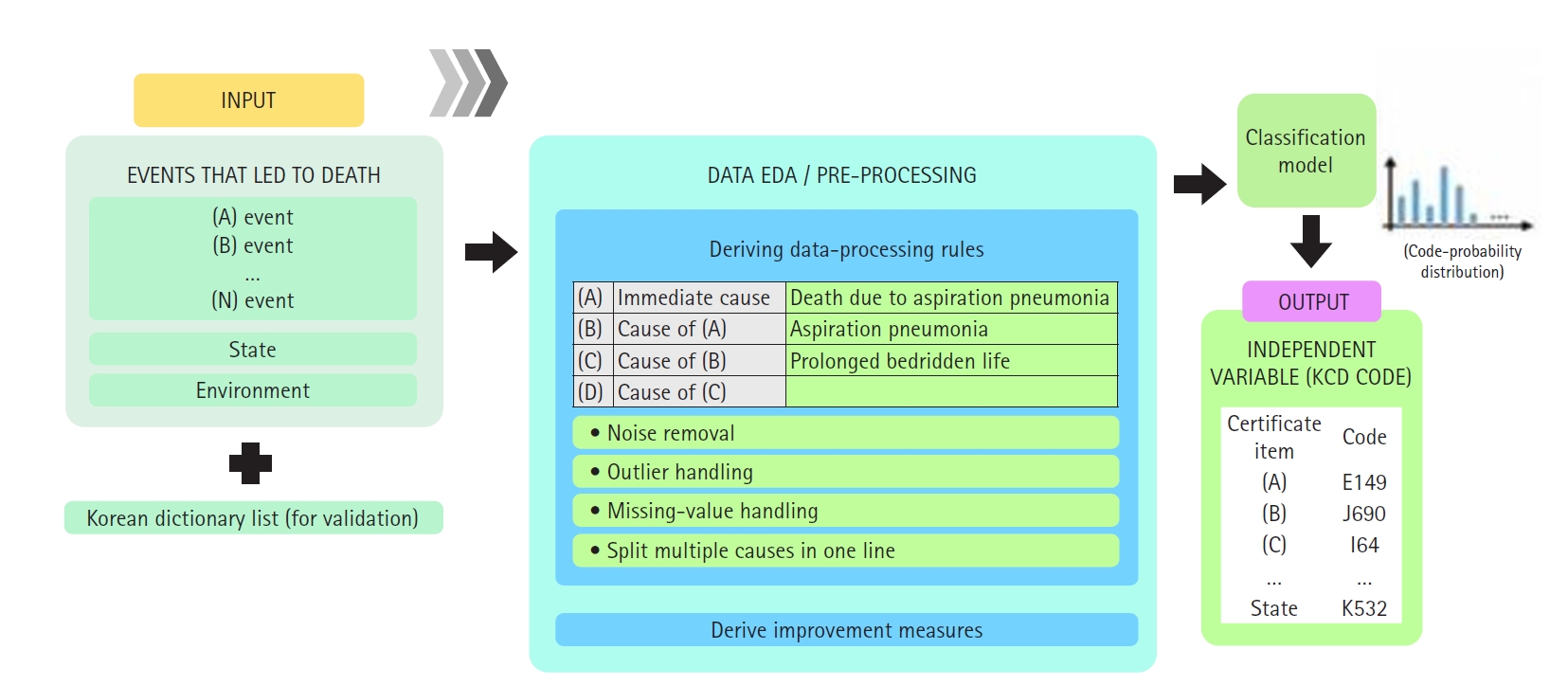
 , Gyeongmin Im
, Gyeongmin Im

Citations


This study analyzed drug-induced death statistics in Korea between 2011 and 2021.
Cause-of-death statistics data from Statistics Korea were examined based on the Korean Standard Classification of Diseases and Causes of Death and the International Statistical Classification of Diseases and Related Health Problems, 10th revision.
In 2021, there were 559 drug-induced deaths, marking a 172.7% increase compared to 2011, which recorded 205 deaths. The rate of drug-induced deaths per 100,000 people was 1.1 in 2021, up 153.6% from 0.4 in 2011. The mortality rate for men aged 25−34 years and women aged 35−44 years each increased fourfold from 2011 to 2021: from 0.3 to 1.2 for the former and 0.3 to 1.3 for the latter. Of the drug-induced deaths in 2021, 75.0% (419/559) were due to intentional self-harm, and 10.4% (58/559) were accidental. The number of deaths attributed to medical narcotics in 2021 was 169, a 5.5-fold increase from 2011. The most commonly implicated drugs in these deaths were sedative-hypnotic drugs, benzodiazepines, and opioids. Sedative-hypnotic drugs and benzodiazepines were frequently involved in cases of intentional self-harm, while opioids and psychostimulants were more often associated with accidental deaths.
The death rate from drug-induced causes is considerably lower in Korea than in the United States (1.1 vs. 29.2). However, the number of such deaths has increased recently. Since these deaths occur predominantly among younger age groups and are often the result of intentional self-harm, there is a clear need for systematic management and the implementation of targeted policies.
Citations

 , Jae Y. Ro
, Jae Y. Ro
The incidence of renal cell neoplasms has been increased in worldwide as well as in Korea. Even though the World Health Organization (WHO) Classification of renal tumors (2004) is currently used, new entities require to be added in the updated classification because of recent modification with our understanding of the molecular biology and different clinical behavior of new renal tumors. In this review, recently described tumors and candidate entities will be discussed. It is of importance to know these new entities for the proper diagnosis, treatment, and their prognosis.
 , Sun Hee Rho
, Sun Hee Rho
This study aimed to provide an actualized classification system for acute pancreatitis (AP) by applying new principle and investigated the benefits of new classification.
Medical records and computed tomography (CT) images of 235 consecutive patients with AP admitted to the Ewha Womans University Mokdong Hospital between 2005 and 2010 were reviewed. The patients of severe pancreatitis who has necrosis were only 68 cases, these are too small for comparing to mild form. So we analyzed mild form of pancreatitis preferentially into two groups; group A, without morbidity and without organ failure (145 patients, mild acute pancreatitis, MAP); group B, with morbidity and without organ failure (22 patients, aggressive mild acute pancreatitis, AMAP). Clinical characteristics, laboratory findings, duration of hospitalization, need for the intensive care unit (ICU), organ failure, needs of intervention, another severity indexes and death were evaluated.
AMAP (group B) was higher proportion of need for the ICU care and of organ failure than MAP after age-adjusting (P<0.01). Also AMAP had higher incidence of associated malignancy, pseudocysts, and increasing fasting sugar level.
The AMAP is a different type of MAP. We need new category of different grade of mild form pancreatitis, because AMAP showed different clinical course. New classification of mild acute pancreatitis is relatively effective, and has clinically significant value.

